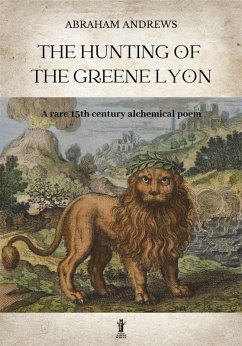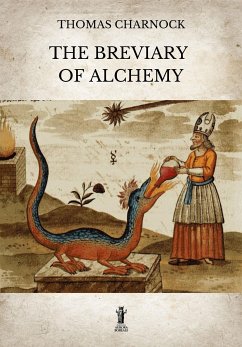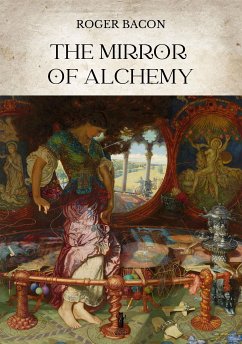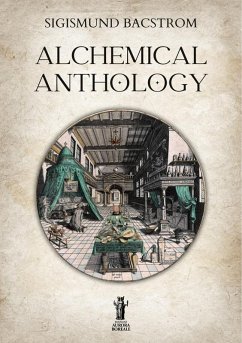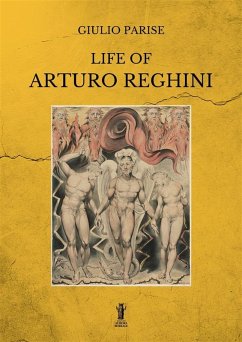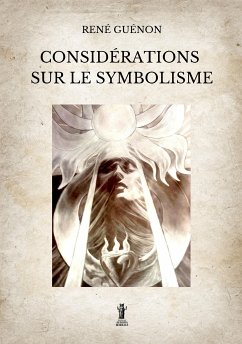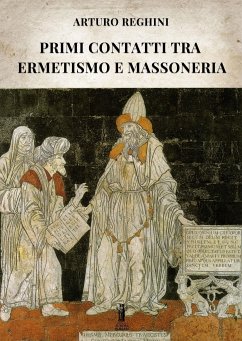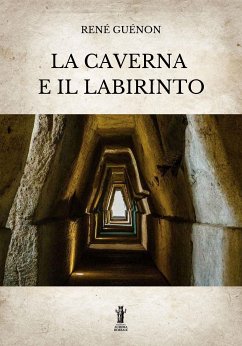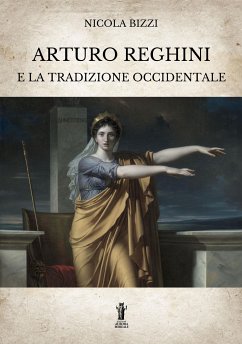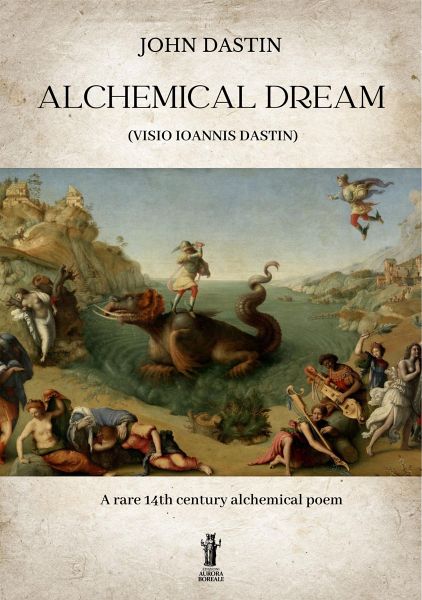
Alchemical Dream (eBook, ePUB)
A rare 14th century alchemical poem

PAYBACK Punkte
1 °P sammeln!
John Dastin was an English alchemist of the fourteenth century. Little is known of his life beyond the texts which are attributed to him. A biographical notice, entitled De vita, aetate ac scripsis Johannis Dastin, is found in a 17th-century manuscript. He is known for correspondence with Pope John XXII and Cardinal Napoleone Orsini in defense of alchemical practice, dated to 1320. Recent research has revealed that John Dastin lwas born around 1293 in the village of Greet, Gloucestershire, and was ordained deacon in 1311. He studied at Oxford and was appointed vicar of the church of Bringhurst...
John Dastin was an English alchemist of the fourteenth century. Little is known of his life beyond the texts which are attributed to him. A biographical notice, entitled De vita, aetate ac scripsis Johannis Dastin, is found in a 17th-century manuscript. He is known for correspondence with Pope John XXII and Cardinal Napoleone Orsini in defense of alchemical practice, dated to 1320. Recent research has revealed that John Dastin lwas born around 1293 in the village of Greet, Gloucestershire, and was ordained deacon in 1311. He studied at Oxford and was appointed vicar of the church of Bringhurst, Leicestershire. In 1317 he traveled to Avignon to work in the service of Cardinal Napoleone Orsini and obtained the benefits of a canonry of the collegiate church of Southwell. During his stay in Avignon he was known as "Magister Johannes Anglicus". He worked at the court of Napoleone Orsini, and he helped Giovanni Gaetano Orsini during his legacy in Italy. Dastin returned to Oxford in 1341 and was appointed vicar of the Church of Aberford, in Yorkshire, associated with Oriel College. He died at an earlier date than 1386. In a letter wrote to Pope John XXII Dastin argues that artificial transmutation into gold with the help of sulphur of mercury (argent vive) is equivalent to natural transformation. Furthermore, «that art imitates nature, and in certain respects corrects and surpasses it just as infirm nature is changed by the industry of medicine». Works attributed to Dastin were included in the 1625 Harmoniae Imperscrutabilis Chymico-Philosophicae of Hermannus Condeesyanus, in the 1629 Fasciculus Chemicus of Arthur Dee, and in the 1652 Theatrum Chemicum Britannicum of Elias Ashmole. The text attributed to him that we offer to our readers today is an interesting alchemical poem full of complex allegorical and esoteric meanings. In manuscripts, it was often associated with the Visio Edwardi. It was printed for the first time in Latin in 1625 under the title Visio Ioannis Dastin, and translated into English in 1652 in the Theatrum Chemicum Britannicum of Elias Ashmole as Dastin's Dreame.
Dieser Download kann aus rechtlichen Gründen nur mit Rechnungsadresse in A, B, BG, CY, CZ, D, DK, EW, E, FIN, F, GR, HR, H, IRL, I, LT, L, LR, M, NL, PL, P, R, S, SLO, SK ausgeliefert werden.




